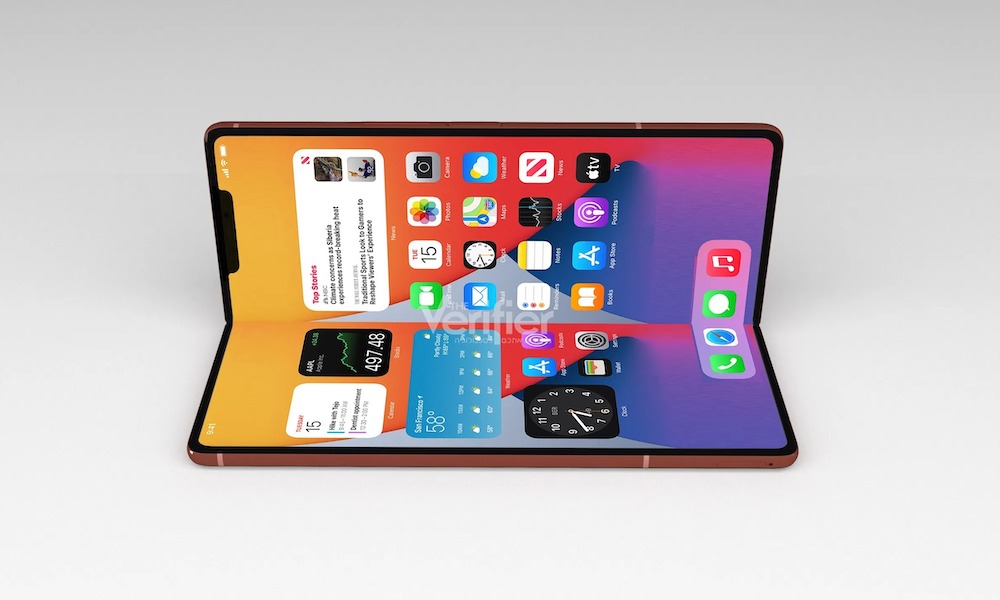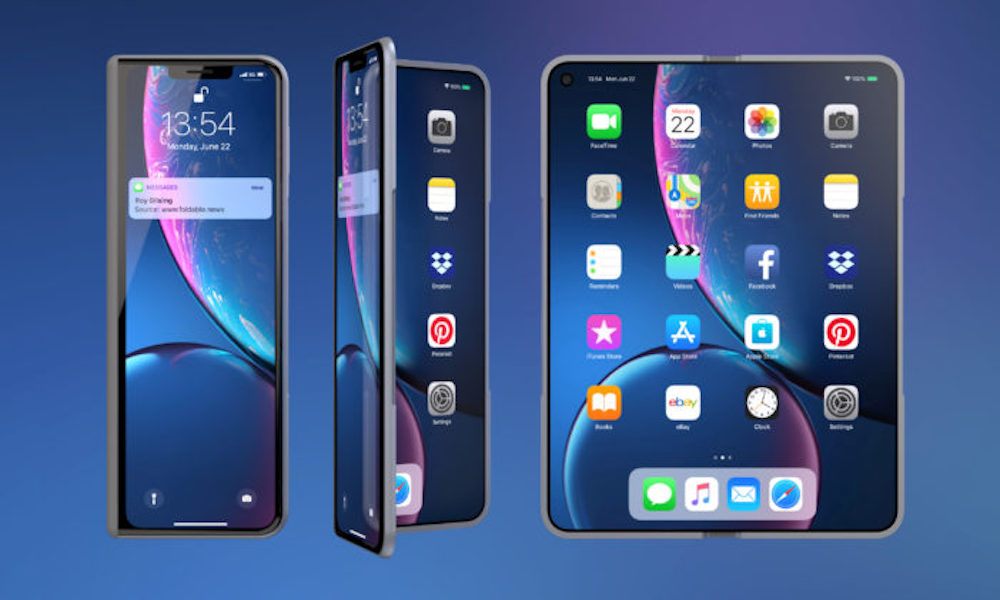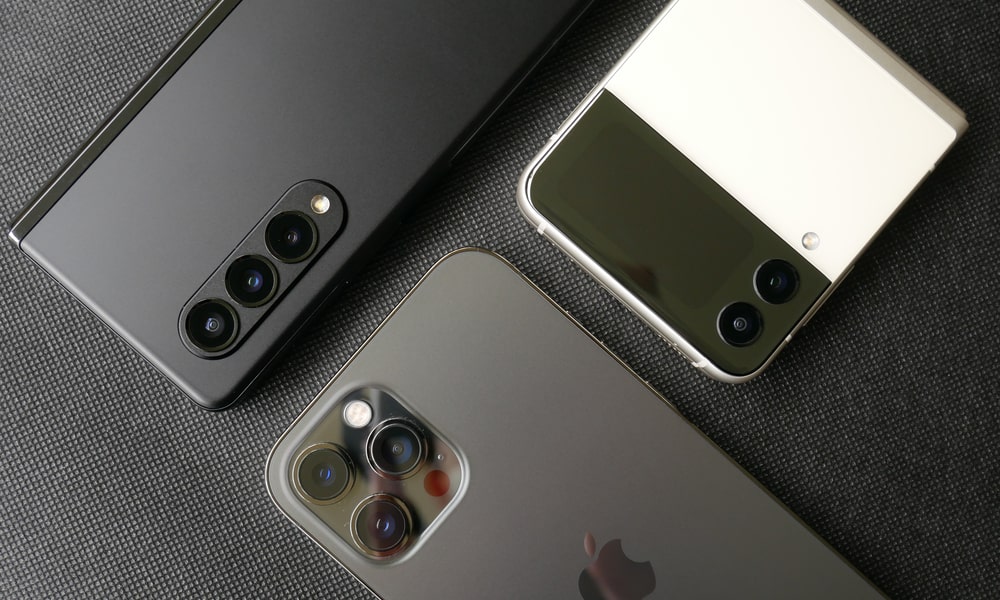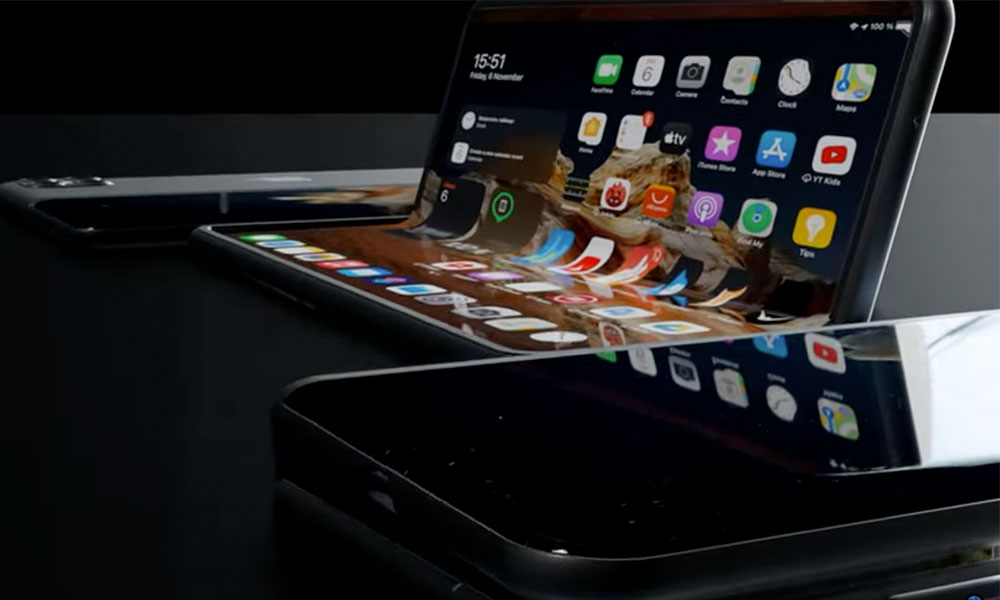Apple’s ‘iPhone Fold’ Could Arrive Next Year | Here’s What We Know
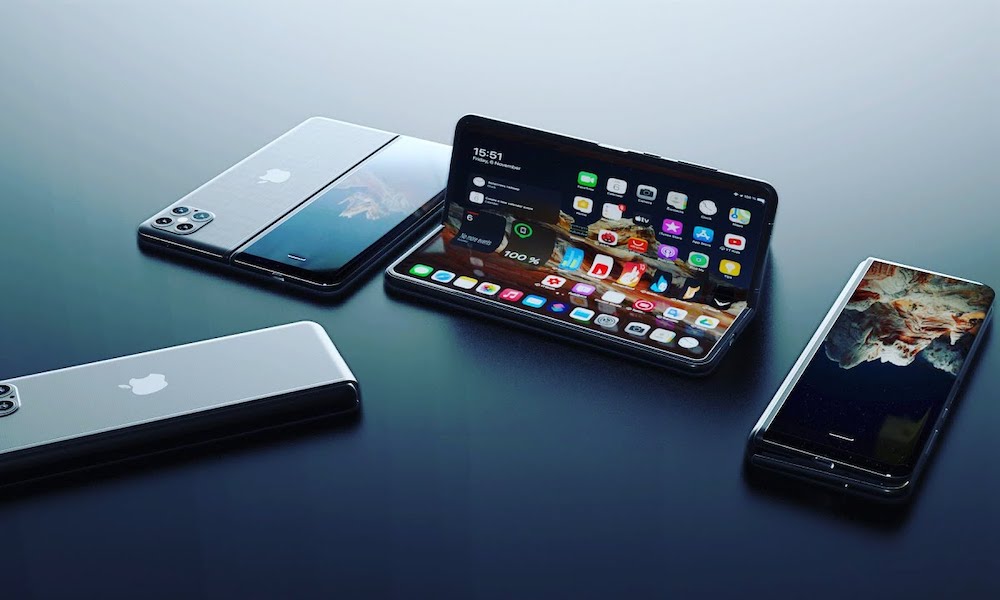 Foldable iPhone Concept [iOSbetanews / YouTube]
Foldable iPhone Concept [iOSbetanews / YouTube]
Toggle Dark Mode
Years of rumors about Apple’s efforts to develop a foldable iPhone have begun to coalesce into a more concrete form in recent months, as analysts and leakers have shared more consistent information about both the form factor and timeline for the seemingly mythical device.
When Samsung took its first bold step into foldable smartphones in 2019, many assumed that Apple wouldn’t be far behind. Samsung’s original Galaxy Fold turned out to be little more than a public prototype that wasn’t at all ready for prime time. However, it whet people’s appetites for the technology and got many dreaming of an iPhone in a similar form factor.
It didn’t take long for Samsung to work out its design flaws. It released a viable successor to the Galaxy Fold and, by 2021, it had expanded its lineup into two form factors: the Galaxy Z Fold retained the original vertical design, while joined by the clamshell Galaxy Z Flip. There was something for everyone here, and it’s fair to say that Samsung had hit its stride by the release of its 2022 models. A year later, Google and OnePlus entered the fray, and Motorola revived its iconic Razr lineup with a more modern take.
There’s never been a reason to assume that Apple had given up on the idea of a folding iPhone, but it’s also clear the company wasn’t quite sure what direction it wanted to go in or the right time to enter the market. Some executives believed folding phones were a fad that would eventually die off.
They were partly right, as foldables haven’t taken the world by storm the way some thought they would five years ago, but it’s still a big enough market for Apple to seriously consider.
By early 2024, reports suggested that Apple was prototyping two clamshell models for what would have effectively become the “iPhone Flip.” Apple had reportedly even approached suppliers in Asia about providing the necessary components for these. By mid-summer 2024, The Information reported that Apple had moved it beyond the concept stage into a tangible product, codenamed V68. It seemed like Apple was moving full speed ahead into an iPhone Flip, but then things suddenly took a sharp left turn.
By early 2025, multiple reliable sources, including Bloomberg’s Mark Gurman, analysts Ming-Chi Kuo and Jeff Pu, and display industry analyst Ross Young, were all reporting that Apple’s first folding iPhone would focus on a book-style design similar to the Galaxy Z Fold, OnePlus Open, and Pixel Fold.
Design
These rumors have also been remarkably consistent. They point to a device that would measure around 9 mm thick when folded but less than 4.8 mm when open. That would make it thinner than the Galaxy Z Fold 6, and it’s likely Apple would lean on some of the work it’s putting into the rumored iPhone 17 Air this year, which is already expected to be the thinnest iPhone ever at around 5.5–6.25 mm, based on the reports we’ve heard so far.
While folding smartphones are not a new concept at this point, Apple hopes to differentiate the iPhone Fold by setting a new benchmark for durability. Reports suggest the company has been rigorously testing hinge mechanisms over the past seven years. Initially, Apple targeted a hinge capable of withstanding up to 100,000 folds — more than double the endurance of most laptop hinges. Nevertheless, Samsung has already raised the bar with hinges that can endure over 200,000 folds, so Apple has its work cut out for it.
Reports from Kuo suggest the hinge design will integrate both stainless steel and a titanium alloy, while other sources have hinted at the inclusion of liquid metal — also referred to as amorphous metal or metallic glass — within the hinge structure. This would not only enhance durability but also provide a smoother folding experience.
Display
Apple has also been actively testing foldable OLED displays since at least 2020, with the goal of eliminating the unsightly crease that’s found on most foldable smartphones today. If there’s one thing that’s held back Apple’s foldable plans, this is probably it, as it would be very unlike the aesthetically conscious Apple to put out something so inelegant.
Most sources also agree that the folding iPhone will feature a 7.8-inch display when it’s open, with a 5.5-inch cover screen on the outside. That’s pretty much in line with other foldables on the market. For comparison, the Galaxy Z Fold 6 features 7.6-inch internal and 6.3-inch cover screens. The Google Pixel 9 Pro Fold utilizes an 8.0-inch and 6.3-inch combination, and the OnePlus Open measures 7.82 inches open and 6.31 inches when closed. However, there’s no word on the aspect ratio. Every folding smartphone on the market is a bit different here, so it’s hard to predict which way Apple will go. Some leakers have suggested 2713 x 1920 for the inner display and 2088 x 1422 for the cover screen, which would result in an odd 7:5 aspect ratio.
Cameras and Other Specs
Although we’ve heard a lot about the physical aspects of the iPhone Fold, many of the internals remain a mystery. It will undoubtedly get the same A-series chip that arrives in the rest of the iPhone lineup during whatever year it launches, so we’re probably looking at an A20 Pro or A21 Pro, assuming Apple sticks to its chip naming standards.
The cameras are a much bigger question mark. Kuo believes the first iPhone Fold will feature a dual-lens camera system that roughly matches that of a standard iPhone, rather than the triple-lens system of the iPhone Pro. This wouldn’t be entirely surprising, as that’s the strategy used by most Android foldables. It also helps distinguish the iPhone Pro models, and would almost certainly be necessary if the iPhone Fold is going to be as thin as the reports claim.
The iPhone Fold may also skip Face ID, as that would be a bit awkward for a foldable device, unless Apple is willing to include two True Depth cameras for authentication when both open and closed. A single Touch ID button on the side would serve both purposes more easily. This would also allow Apple to move to an under-screen camera on at least one of the displays, but that’s by no means a certainty yet.
When’s It Coming?
When it comes to Apple’s plans for a foldable iPhone, we’ve had more than a few false starts over the years. It’s quaint now to think that Ming-Chi Kuo once predicted that Apple was on target to sell millions of foldable iPhones by the end of 2023.
Nevertheless, there’s substantially more smoke around the fire this time. In addition to all of the most reliable leakers agreeing on both the what and a rough estimate of the when, it’s a safe bet that it’s closer than ever. The consensus is late 2026 or early 2027. While that could still be pushed back a bit further, it’s clear that there’s something finally coming down the pike.
We keep hearing reports that Apple is inching closer. Earlier today, DigiTimes reported that the iPhone Fold reached the “Prototype 1” stage last month. That’s still very preliminary, but it does indicate that Apple is actively moving ahead with the project.
“If everything stays on track, the device could complete prototype testing by the end of 2025 and proceed to the Engineering Verification Test (EVT) stage,” DigiTimes notes, “setting the stage for a possible launch in the second half of 2026.”
To put that in perspective, Apple’s mainstream iPhones typically reach the EVT stage around April or May each year. That’s the point at which Apple and its supply chain partners confirm they can actually manufacture the device. Things can still go wrong at this point, as we saw with Apple’s decision to abandon solid-state buttons two years ago, which came when it realized that these were too complex for its manufacturing processes.
In other words, we still wouldn’t suggest getting your hopes up. While Apple’s standard iPhones usually breeze through the EVT stages, each year also brings relatively minor design changes, so each one is building on prior successes. An iPhone Fold will be something entirely different, and could require multiple phases of Engineering Verification Tests before it’s deemed ready to move on to the design and production validation stages.
[The information provided in this article has NOT been confirmed by Apple and may be speculation. Provided details may not be factual. Take all rumors, tech or otherwise, with a grain of salt.]


